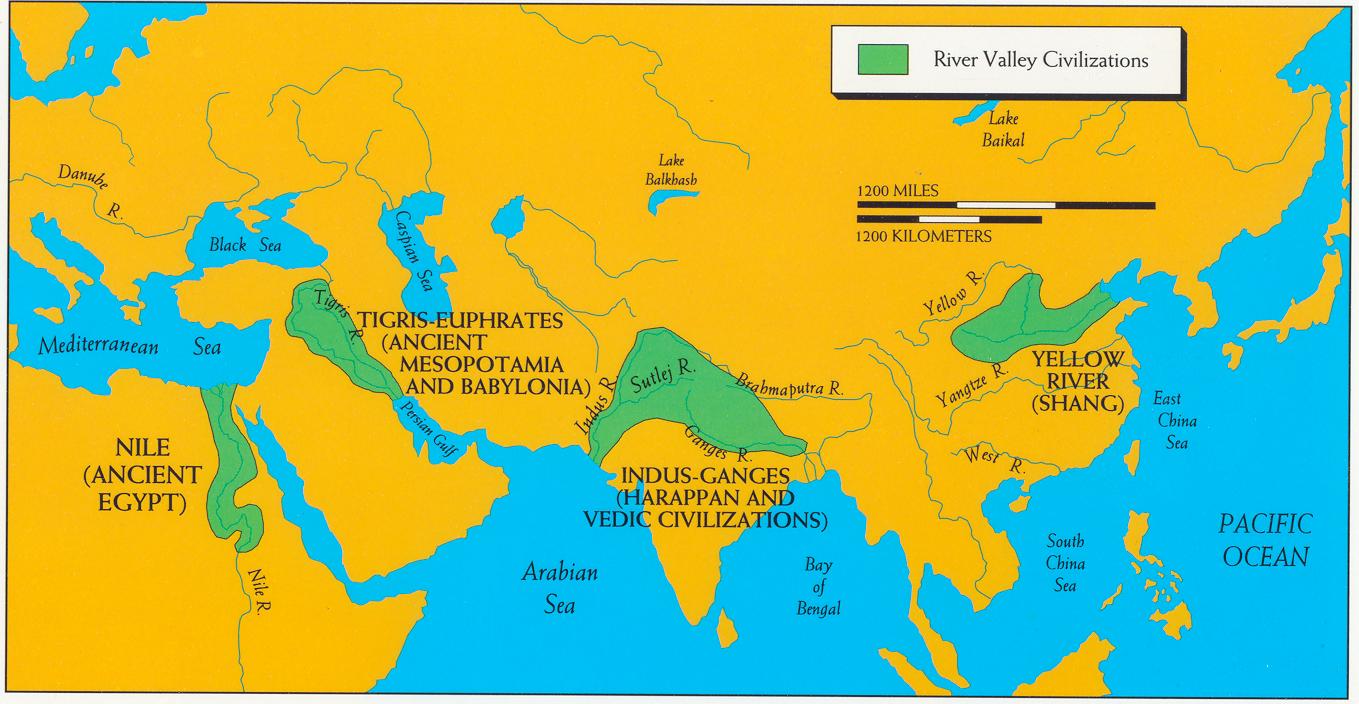By 1500 B.C. the Kassites in southern Mesopotamia, the Hurrians with their kingdom of Mitanni in northern Mesopotamia, smaller states in southeastern Anatolia (modern Turkey), and the Hittites in the remainder of Anatolia had emerged as rivals both to Babylon and to Egypt. All of them had strong Indo-Aryan ethnic elements. All were ruled by kings, but their kings were neither agents of god nor deified monarchs. Rather, they ruled as the most powerful among a noble class that controlled the instruments of war-horses and chariots- and shared the fruits of conquest, dividing new land among themselves. We begin now to find records, not only of war between these newly emerging peoples and the settled valley societies but also of their diplomatic exchanges and their peace settlements.
For communication everybody used Akkadian, a Semitic tongue often foreign to both parties in a negotiation. Even when they wrote in their own languages, some used Akkadian script. This enables modern scholars to pronounce the words even when they do not know what they mean.
The Hurrians, in particular, transmitted Babylonian traditions to Assyria, Palestine, Phoenicia, and Greece, and they significantly shaped Hittite culture. Thus, while a more generalized culture was spread over a wider territory, the valley societies-Mesopotamia and Egypt-did not in fact succumb during the centuries from 1500 to 1200 B.C., when the threat was the greatest.

